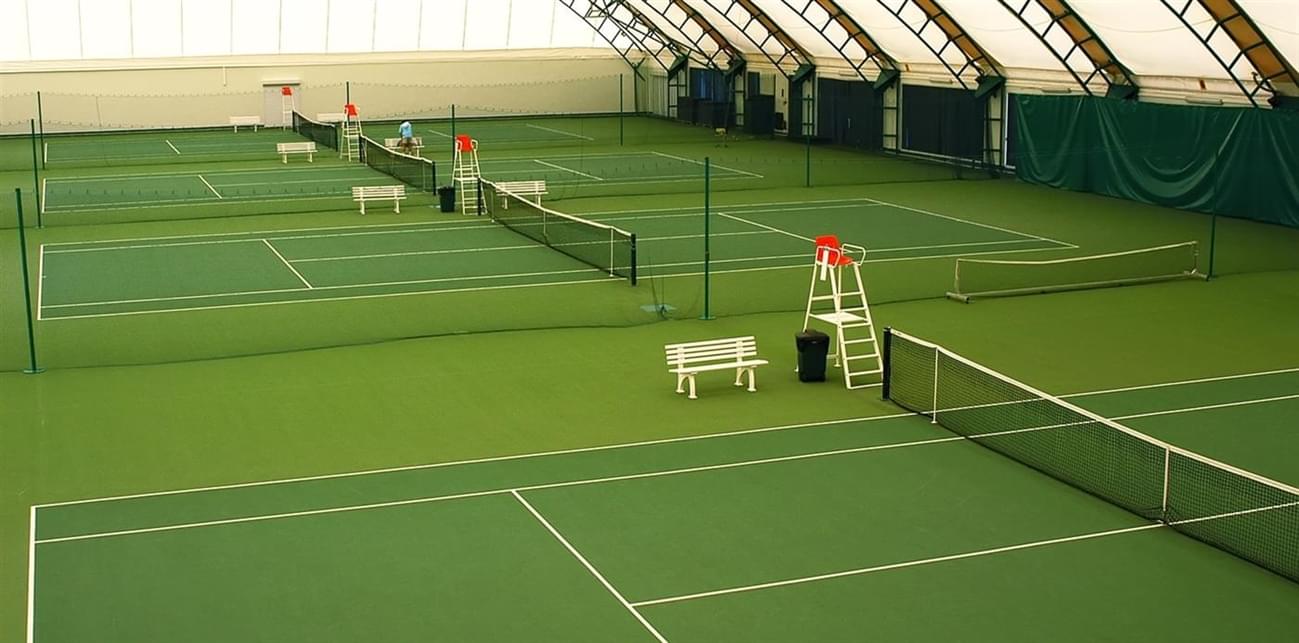Posted on May 6, 2024
From Start to Finish: The Process of Tennis Court Installation Explained

Installing a tennis court involves a series of steps that require precision, expertise, and attention to detail. Whether you are considering building a tennis court for personal use or for a commercial facility, understanding the installation process can help you make informed decisions and ensure the project runs smoothly from start to finish.
Site Preparation
Clearing the Area
- The first step in the installation process is to clear the designated area where the tennis court will be built.
- This involves removing any existing structures, trees, rocks, or debris that may obstruct the construction process. Refer: https://precision-greens.com/precision-courts/sportmaster-acrylic-coatings/
Grading and Excavation
- After clearing the site, the next step is to grade and excavate the area to create a level surface for the tennis court.
- This process involves using heavy machinery to remove soil and rocks, adjust the slope of the land, and ensure proper drainage.
Base Construction
Installing the Base Material
- Once the site is properly graded, a base material such as crushed stone or gravel is spread and compacted to create a stable foundation for the tennis court.
- The thickness and composition of the base material will depend on factors such as soil conditions and climate.
Compaction
- Compaction is a crucial step in the base construction process as it ensures that the base material is tightly packed and will not shift over time.
- Specialized equipment is used to compact the base material to the required density.
Surface Installation
Asphalt or Concrete Installation
- After the base construction is complete, the surface material is installed. This can include asphalt or concrete, depending on the desired playing surface.
- The surface material is applied in layers and carefully smoothed and leveled to create a consistent playing surface.
Acrylic Coating
- Once the asphalt or concrete surface is in place, an acrylic coating is applied to enhance the appearance and durability of the tennis court.
- The acrylic coating also helps improve traction and reduce glare for players.
Net and Fence Installation
Net Installation
- The next step is to install the net, which is typically done by attaching it to posts or a net post system at the center of the court.
- The net should be installed at the correct height and tension to ensure fair play.
Fence Installation
- Fencing around the tennis court provides boundaries and helps keep balls within the playing area.
- The type of fencing chosen will depend on factors such as budget, aesthetics, and desired level of security.
Final Touches
Court Markings
- Once the net and fencing are in place, the final step is to apply the court markings, including boundary lines, service lines, and center markings.
- Accurate markings are essential for players to follow the rules of the game and maintain a fair playing environment.
Finishing Details
- After the court markings are complete, any finishing touches such as adding benches, scoreboards, or wind screens can be installed to enhance the functionality and aesthetics of the tennis court.
- Regular maintenance such as cleaning, resurfacing, and repairing any damages will help prolong the life of the tennis court and ensure optimal playing conditions.
By following a systematic approach to tennis court installation, you can create a high-quality playing surface that meets your specific needs and requirements. Whether you are a tennis enthusiast looking to build a court in your backyard or a facility manager planning to construct multiple courts for public use, understanding the installation process is key to a successful project.
